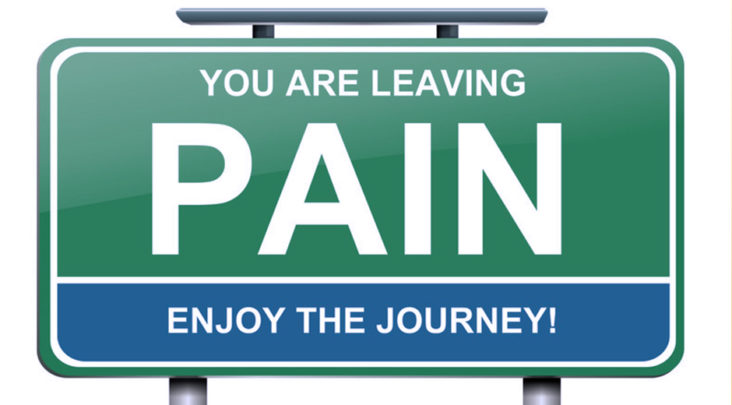Pain can be a debilitating condition, but there are ways to keep it under control. Learn about different pain management options.
Know Your Pain Treatment Options
Whether your pain is from arthritis, cancer treatments, fibromyalgia, or an old injury, you need to find a way to get your pain under control. What’s the best approach to do that?
The first step in pain management is scheduling an appointment with your doctor to determine the cause of your pain and learn which pain management approach is often the most effective for it. There are many different pain management options available: You can find the right treatment combination to get the relief you need.
Why Do People Experience Pain Differently?
Pain is real and it’s physical — there’s no mistaking that. But pain is measured and specific to one person based on that person’s perception of the pain, and that’s why everyone’s pain is different.
What the brain perceives is indisputably modifiable by emotions, people who are fearful of pain, depressed, or anxious may experience pain differently, and perhaps more severely, than someone who has pain but isn’t experiencing those other emotions.
Pain Management: Treating Mind and Body
While chronic pain medication can be effective and important for pain management for many people, it isn’t the only tool available when it comes to pain treatment, and it shouldn’t be the only tool that’s used.
Medications. There are a lot of medications that are prescribed for pain. Although opioids (narcotics) and benzodiazepines may not be the best options. Those treatments have their own problems, and there are no good studies on using opioids for long periods of time for the treatment of chronic pain.
Types of chronic pain medication used include:
- NSAIDs (non-steroidal anti-inflammatory drugs), including ibuprofen, naproxen, and aspirin.
- Acetaminophen (Tylenol).
- Antidepressants, which can improve sleep and alleviate pain.
- Anti-seizure medications, which can be effective in treating pain related to nerve damage or injury.
- Steroids, like dexamethasone and prednisone, to alleviate inflammation and pain.
Therapy. Therapy can be aimed at both the mind and the body. Try to look at any of these therapies as not being purely physical or purely psychological — they are always a mixture of both of those things.
- Physical therapy is a very important part of any pain management program. Pain can be worsened by exercise that isn’t done correctly (or interpreted incorrectly as pain rather than overuse), and a physical therapist can tailor the right exercise regimen for you. Proper exercise slowly builds your tolerance and reduces your pain — you won’t end up overdoing it and giving up because it hurts.
- Cognitive-behavioral therapy allows people to learn and have a better understanding of what the pain is from, and what they can do about it. This therapy is really about understanding the role of pain in your life and what it actually means for you.
Other pain management options. A variety of approaches and modalities can help you deal with both the physical and emotional parts of pain:
- TENS (transcutaneous electrical nerve stimulation) therapy.
- Meditation.
- Relaxation techniques.
- Visual imagery, as simple as picturing a peaceful scene, for example.
- Biofeedback, which teaches control over muscle tension, temperature, heart rate and more.
- Heat and cold therapy.
- Manipulation and massage.
The bottom line: Seek help for your pain as soon as it becomes a problem in your life. When chronic pain starts to destroy your ability to function in the world, then it’s a problem that needs to be addressed.

